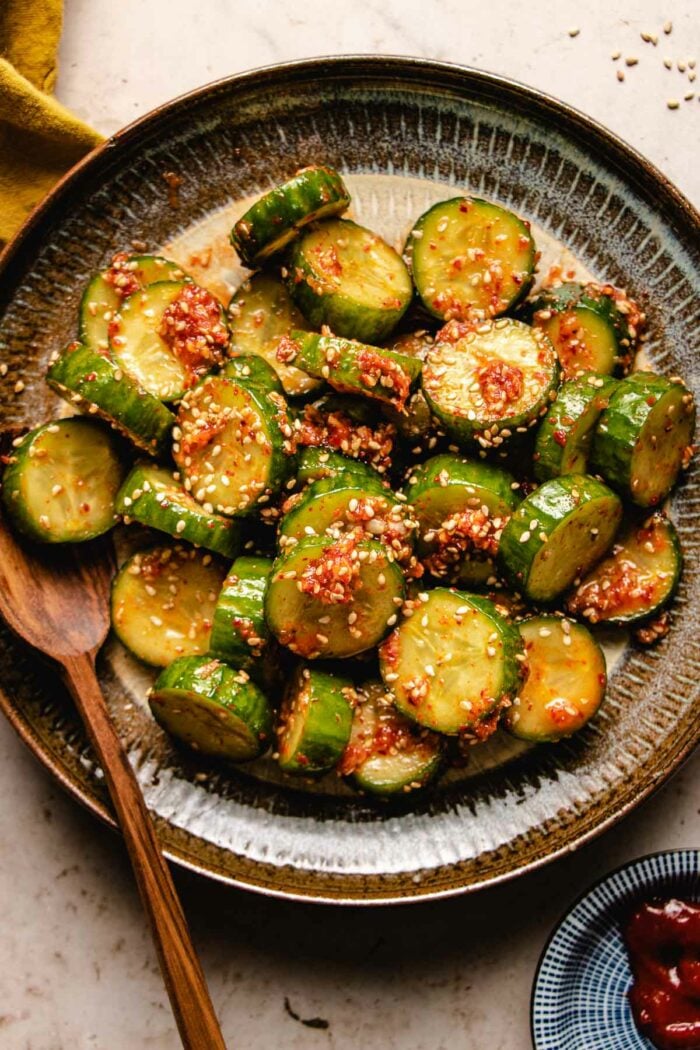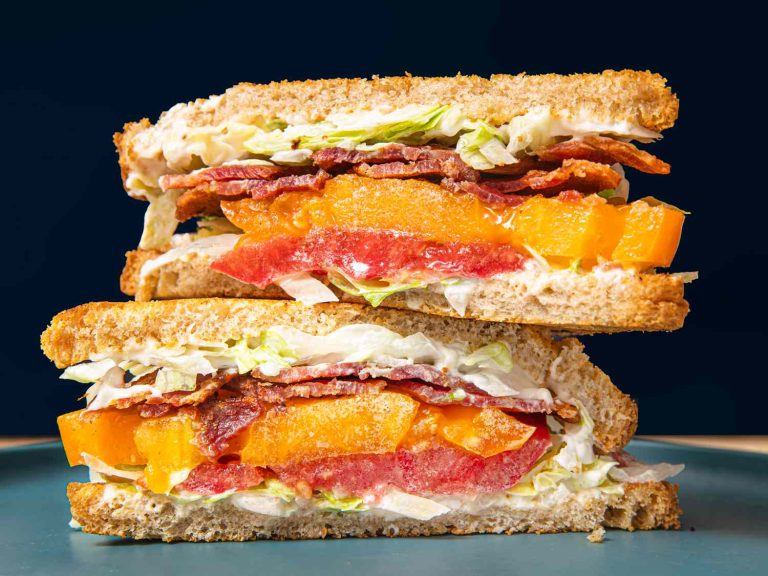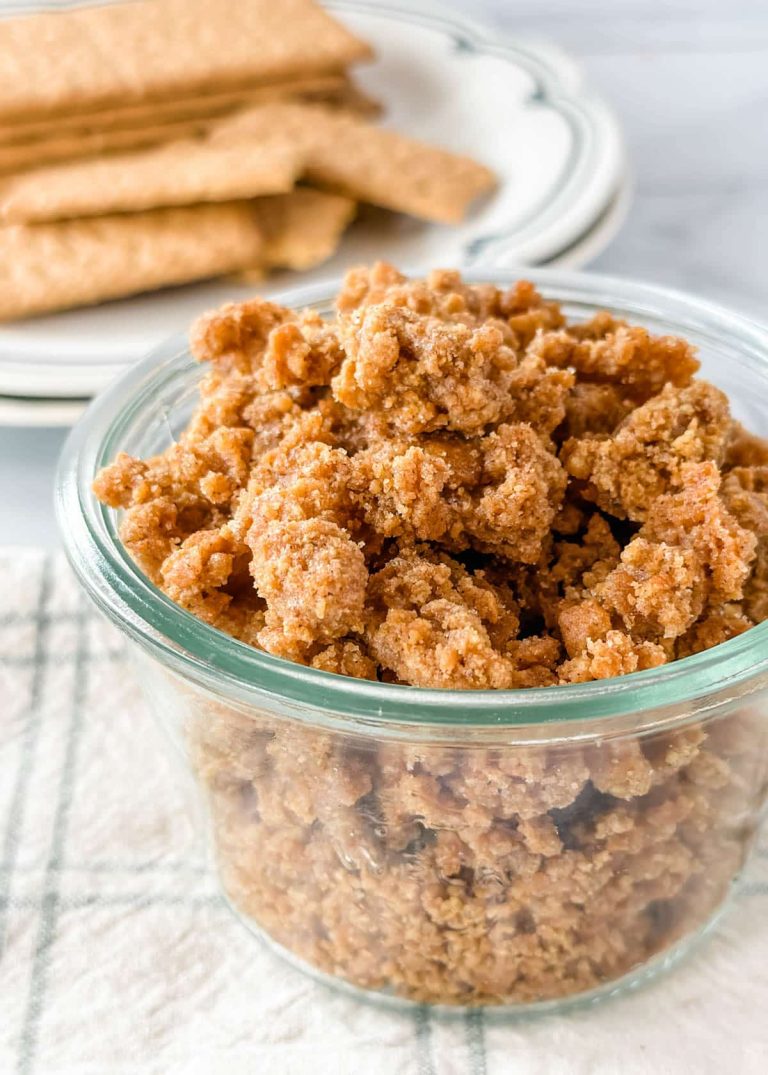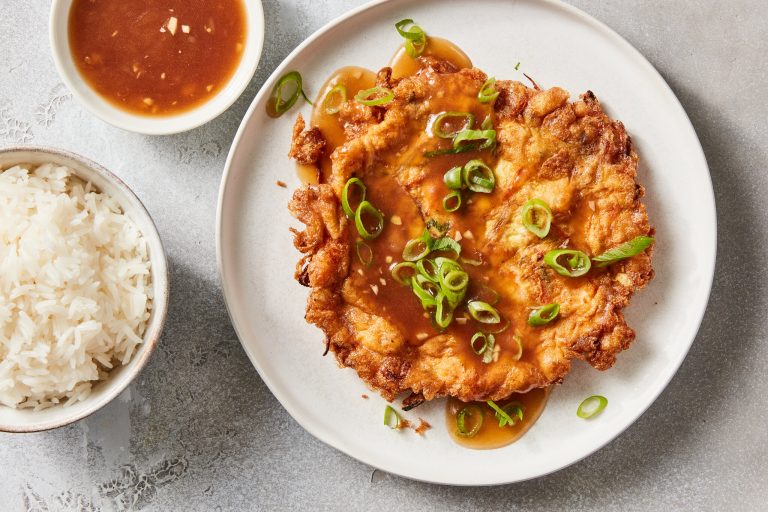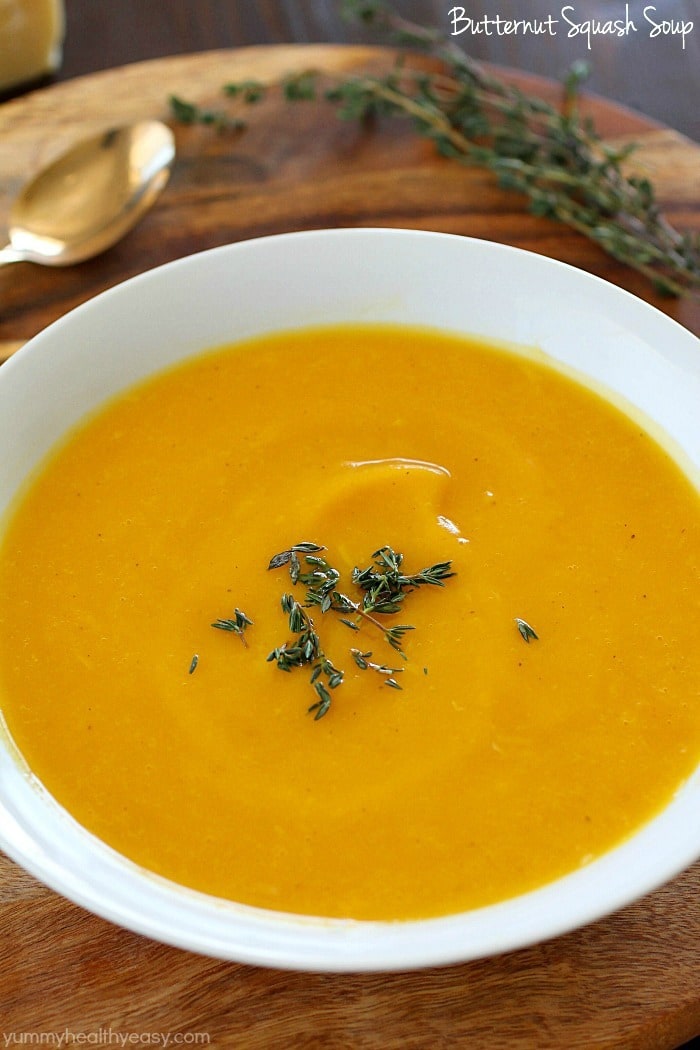Korean Style Salad Dressing: Taste the Unique Flavors and Health Benefits
Korean dressings often include soy sauce, sesame oil, and rice vinegar. These ingredients provide a savory base. Gochujang, a fermented chili paste, adds a spicy kick and depth. Sesame seeds offer a nuttiness and slight crunch. Garlic and ginger contribute aromatic notes, enhancing the overall taste. Sugar or honey offers a balance to the savory and tangy elements. For a touch of freshness, green onions and cilantro are occasionally used.
Flavor Profile and Unique Characteristics
Korean-style salad dressings have a complex flavor profile. They combine savory, spicy, sweet, and tangy notes, creating a balanced and dynamic taste. The inclusion of gochujang introduces a unique umami and heat. Sesame oil adds richness and a toasty flavor. Soy sauce contributes saltiness and depth, while rice vinegar brings a mild acidity. The use of raw garlic and ginger injects a pungent, aromatic quality. This combination of flavors ensures a memorable and satisfying culinary experience, distinguishing Korean dressings from other varieties.
How Korean Dressings Enhance Salads
Benefits of Using Korean Style Dressing
Korean style dressing enhances salads by introducing a complex flavor profile. Ingredients like gochujang, soy sauce, sesame oil, and rice vinegar blend to create savory, spicy, sweet, and tangy notes. This variety makes each bite exciting and flavorful. Including raw garlic and ginger adds aromatic and pungent flavors. Korean dressing also offers umami through gochujang, providing depth and richness.
Nutrient-dense ingredients in Korean dressings boost the health benefits of salads. Sesame oil, rich in antioxidants, supports heart health. Rice vinegar aids digestion. Soy sauce provides essential amino acids. This combination not only enhances taste but also contributes to a balanced diet. Additionally, the low-calorie content of most Korean dressings ensures they fit into a health-conscious lifestyle.
Popular Salads Featuring Korean Dressing
Several popular salads feature Korean-style dressing. One example is a Korean cucumber salad (oi muchim). This salad combines crisp cucumber slices with gochujang dressing for a refreshing and spicy flavor profile. It’s a versatile side dish for various meals.
Kimchi salad is another favored option. Made from fermented vegetables, often Napa cabbage, and seasoned with Korean dressing, it offers a tangy and spicy kick alongside probiotic benefits.
Lastly, bulgogi salad pairs marinated beef slices with fresh greens, topped with a savory-sweet Korean dressing. It combines protein and vegetables, making it a satisfying main course.
Final Thoughts
Using Korean dressings in salads introduces unique flavors and numerous health benefits, enhancing both taste and nutrition. More people worldwide are discovering the charm of Korean cuisine, making it easier to see why these dressings have such a significant impact on salads.
Feel free to try Korean-style dressings in your salads and experience a culinary adventure right at home.
Comparisons With Other Dressing Styles
Korean vs. Japanese Dressings
Korean dressings offer a complex flavor profile, blending savory, spicy, sweet, and tangy elements. These dressings often use ingredients like gochujang, soy sauce, sesame oil, rice vinegar, raw garlic, and ginger. In contrast, Japanese dressings emphasize simplicity and umami, often incorporating ingredients like miso, soy sauce, rice vinegar, and sake. While both Korean and Japanese dressings use soy sauce and rice vinegar, the presence of gochujang in Korean dressings adds a distinct spiciness, making it more intense. Japanese dressings typically focus on enhancing the natural flavors of the vegetables, while Korean dressings aim to create a bold, memorable taste experience.
Korean vs. Western Dressings
Western dressings vary widely, from creamy ranch and Caesar to tangy vinaigrettes. These dressings often use ingredients like olive oil, vinegar, mustard, mayonnaise, and herbs. Creamy dressings frequently contain dairy products, while vinaigrettes blend oil and vinegar with seasonings. Korean dressings, however, blend ingredients like sesame oil, soy sauce, and gochujang to achieve a balanced, multifaceted flavor. Unlike Western dressings, which may focus on either creaminess or acidity, Korean dressings offer a simultaneous savory, spicy, and tangy experience. This unique combination invites a new culinary dimension to salads, setting them apart from the more singularly focused flavors of Western dressings.
Trends in Korean Salad Dressings
Fusion Recipes
Fusion recipes combining Korean flavors with other cuisines are gaining traction. For example, salad dressings now blend flavors from Korean cuisine with Western ingredients such as avocado or Greek yogurt. This creates unique dressings that still retain the characteristic Korean taste profiles while appealing to a broader audience. Gochujang Ranch and Kimchi Caesar are notable examples, bringing together spicy and umami flavors with familiar tastes.
Health-Conscious Variations
Health-conscious variations of Korean salad dressings are also becoming more popular. Many recipes now utilize low-sodium soy sauce and alternative sweeteners like honey or stevia instead of sugar for a healthier option. Ingredients like chia seeds and flaxseed oil, known for their omega-3 fatty acids, are being integrated for added nutritional benefits. These dressings offer the complex and bold flavors of traditional Korean dressings while catering to dietary needs and preferences focused on well-being.
Conclusion
Korean style salad dressings offer a delightful blend of flavors that can elevate any dish. Whether you’re incorporating traditional ingredients like gochujang and sesame oil or experimenting with fusion recipes, these dressings provide a unique twist to your salads. Health-conscious variations ensure you can enjoy these bold flavors while adhering to dietary preferences. Embrace the versatility and depth of Korean salad dressings to enrich your culinary repertoire and enjoy a balanced, flavorful diet.
